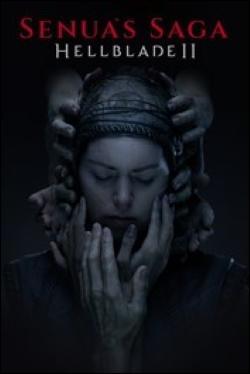 This major free update, which has already been successfully launched on Steam, brings a new layer of depth, strategy, and innovative gameplay mechanics to the immersive world of Bulwark: Falconeer Chronicles.
This major free update, which has already been successfully launched on Steam, brings a new layer of depth, strategy, and innovative gameplay mechanics to the immersive world of Bulwark: Falconeer Chronicles.
 Thrustmaster’s best-seller is back with a new look featuring the official license of Microsoft Flight Simulator. This complete, precise and easy-to-use hands- on throttle and stick (HOTAS) is the ideal companion for Microsoft Flight Sim 2024
Thrustmaster’s best-seller is back with a new look featuring the official license of Microsoft Flight Simulator. This complete, precise and easy-to-use hands- on throttle and stick (HOTAS) is the ideal companion for Microsoft Flight Sim 2024
 Players worldwide can now take control of the all-new Hero Skylar for ultimate aerial assault gameplay.
Players worldwide can now take control of the all-new Hero Skylar for ultimate aerial assault gameplay.
 Embark on an epic journey to the Far Far Kingdom and challenge Koschei the Deathless to save your immortal soul and become a true hero in Bylina, an action RPG rooted in Slavic folklore and myths.
Embark on an epic journey to the Far Far Kingdom and challenge Koschei the Deathless to save your immortal soul and become a true hero in Bylina, an action RPG rooted in Slavic folklore and myths.
 Amazon Games released a new trailer on what players can expect when they first experience New World: Aeternum, including background on the history of the game.
Amazon Games released a new trailer on what players can expect when they first experience New World: Aeternum, including background on the history of the game.
 Today, Amazon Games released a brand new trailer for New World: Aeternum in celebration of the title’s upcoming release.
Today, Amazon Games released a brand new trailer for New World: Aeternum in celebration of the title’s upcoming release.
 Prune your feathers and polish your weapons as you prepare to go where no fowl has gone before: “point-and-cluck” detective game Chicken Police: Into the HIVE! is coming to Steam on November 7th! Console edition to follow afterwards!
Prune your feathers and polish your weapons as you prepare to go where no fowl has gone before: “point-and-cluck” detective game Chicken Police: Into the HIVE! is coming to Steam on November 7th! Console edition to follow afterwards!
See News Archives
![]() This major free update, which has already been successfully launched on Steam, brings a new layer of depth, strategy, and innovative gameplay mechanics to the immersive world of Bulwark: Falconeer Chronicles.
This major free update, which has already been successfully launched on Steam, brings a new layer of depth, strategy, and innovative gameplay mechanics to the immersive world of Bulwark: Falconeer Chronicles.













